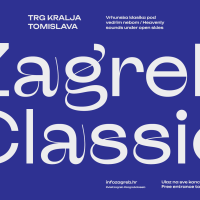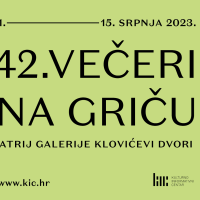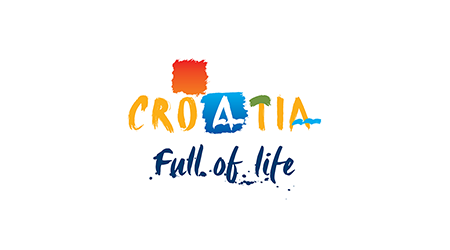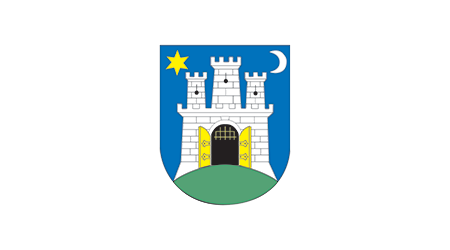Julije Klović - the greatest miniaturist of the Renaissance
To commemorate its 30 years of existence, Zagreb’s Klovićevi Dvori Gallery is presenting the public with some of the greatest works by the globally renowned miniaturist of the Renaissance, Julije Klović, after whom the gallery was named. This exhibition, which will remain open to the public until January 20th 2013, is a very rare opportunity to see the great artist’s oeuvre in one place.
 Quite exceptionally and as an absolute world’s first, Zagreb’s Klovićevi Dvori Gallery has managed to gather numerous works by one of the world’s most famous miniaturists, Julije Klović, in order to present them to the public in celebration of its 30th birthday.
Quite exceptionally and as an absolute world’s first, Zagreb’s Klovićevi Dvori Gallery has managed to gather numerous works by one of the world’s most famous miniaturists, Julije Klović, in order to present them to the public in celebration of its 30th birthday.
The major exhibition features works by Julije Klović, the greatest miniaturist of the Renaissance, which have been borrowed from Europe’s most elite museums, galleries and institutions such as the Biblioteca Nazionale Marciana of Venice, Galleria Degli Uffizi of Florence, Musée du Louvre of Paris, the Royal Collection from Windsor Castle, the British Library and the British Museum of London, The John Rylands University Library of Manchester, and many institutions from Zagreb including the Croatian Academy of Science and Arts, the Croatian History Museum, the Croatian Conservation Institute, the Department of Prints and Drawings of the Croatian Academy of Sciences and Arts, the Modern Gallery, the National University Library, the Print Collection, the Zagreb Archdiocese, the Archdiocesan Cathedral of Zagreb, Valvasor’s Collection of the Archdiocese of Zagreb, and Bogišić’s collection of the Croatian Academy of Sciences and Arts from Cavtat.
Therefore, the Croatian public has the unique opportunity to view undeniable art treasures by the greatest Croatian painter and, according to experts, the most famous miniaturist in the world, whose works attracted much attention even during his lifetime (1498 – 1578).
Nowadays, his works are kept in well secured safes, so this exhibition in Zagreb is a true artistic undertaking.
Juraj Julije Klović was born in Grižani, on the Croatian coast, but he moved to Italy at the age of 18 and entered the service of Cardinals Domenico and Grimani. Later on, he briefly moved to Hungary where he worked for King Ludovic II, only to return to Rome and work for Cardinal Alessandro Farnese. He came in contact with some of the greatest artists of all time, such as Michelangelo, Vasari, Brueghel and El Greco, whom he personally recommended to his patron’s attention.
Sadly, many of his works from that period were lost, but the public will have the opportunity to see the works created after 1526, including the famous codex, “Evangeliarium Grimani”, which depicts the life of Christ and features details demonstrating the strong influence from the Venice Republic and Rome. Also featured is the codex “Libro d'Ore”, which is part of the holdings of London’s British Library. Along with other great illuminations, that work partially influenced the subsequent great masterpiece “Officium Virginis”, made for cardinal Farnese, which the Croatian public will have the opportunity to see for the first time. It consists of 28 larger scale miniatures depicting motifs from the Old and New Testaments, two miniatures with a liturgical theme, and an opulent collection of the margins and frames.
Also presented is the large third codex, “Rylands Latin”, as well as a selection of drawings which would cost a pretty penny on the art market if they were for sale.
Published: 03.12.2012
 Hrvatski
Hrvatski English
English Deutsch
Deutsch Spanish
Spanish French
French Italian
Italian Russian
Russian Korean
Korean Japanese
Japanese Chinese
Chinese Quite exceptionally and as an absolute world’s first, Zagreb’s Klovićevi Dvori Gallery has managed to gather numerous works by one of the world’s most famous miniaturists, Julije Klović, in order to present them to the public in celebration of its 30th birthday.
Quite exceptionally and as an absolute world’s first, Zagreb’s Klovićevi Dvori Gallery has managed to gather numerous works by one of the world’s most famous miniaturists, Julije Klović, in order to present them to the public in celebration of its 30th birthday.









